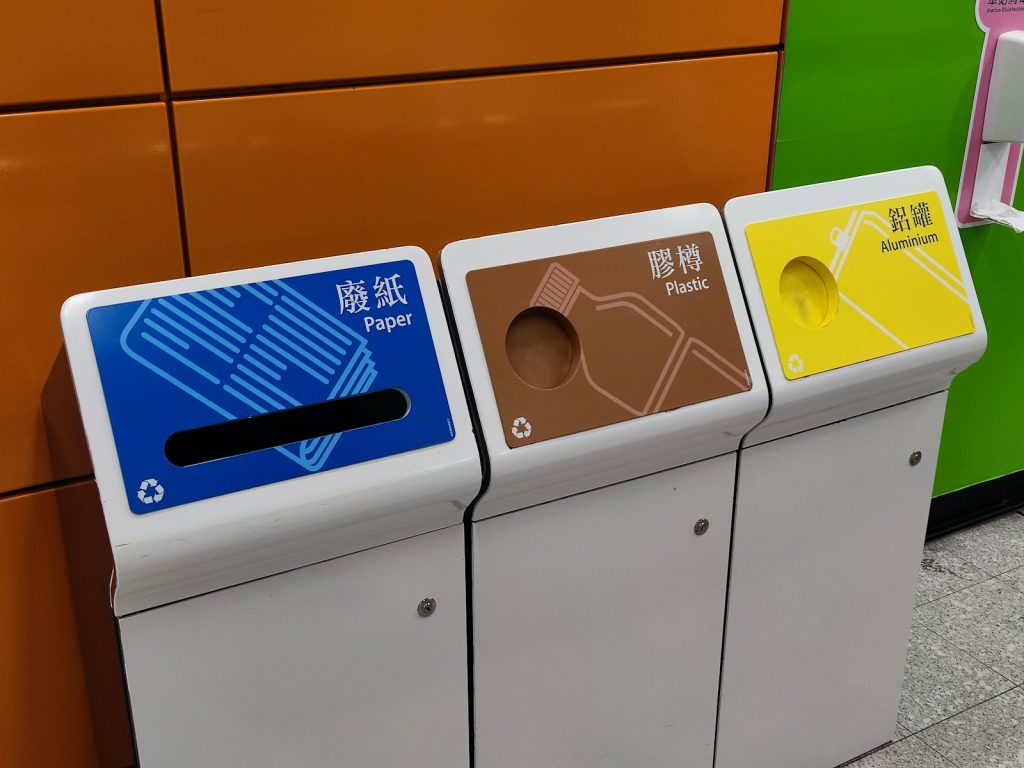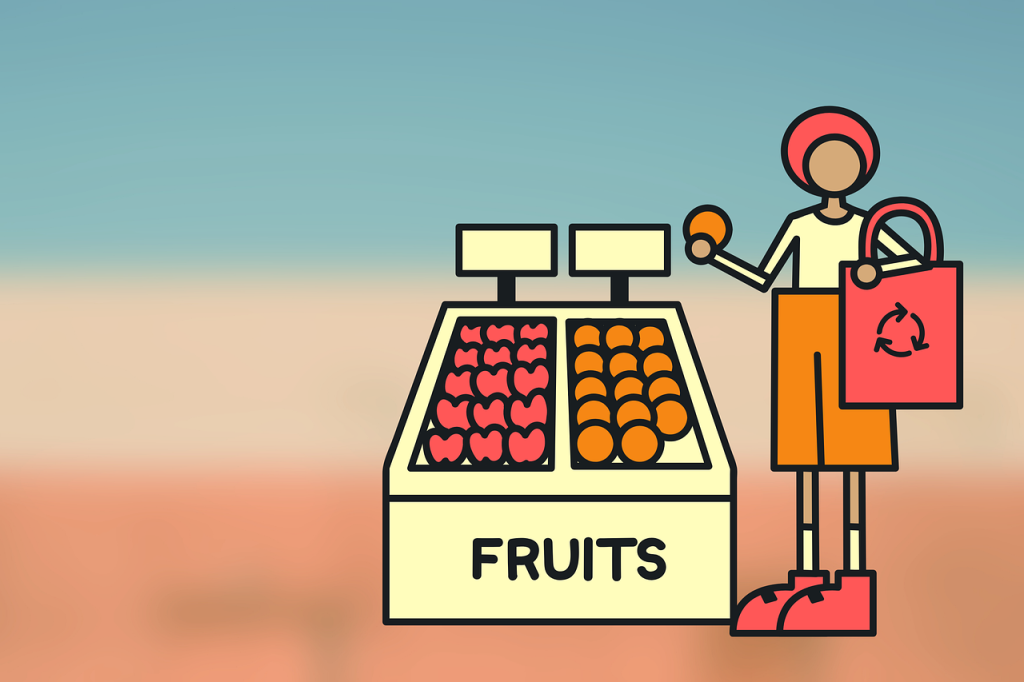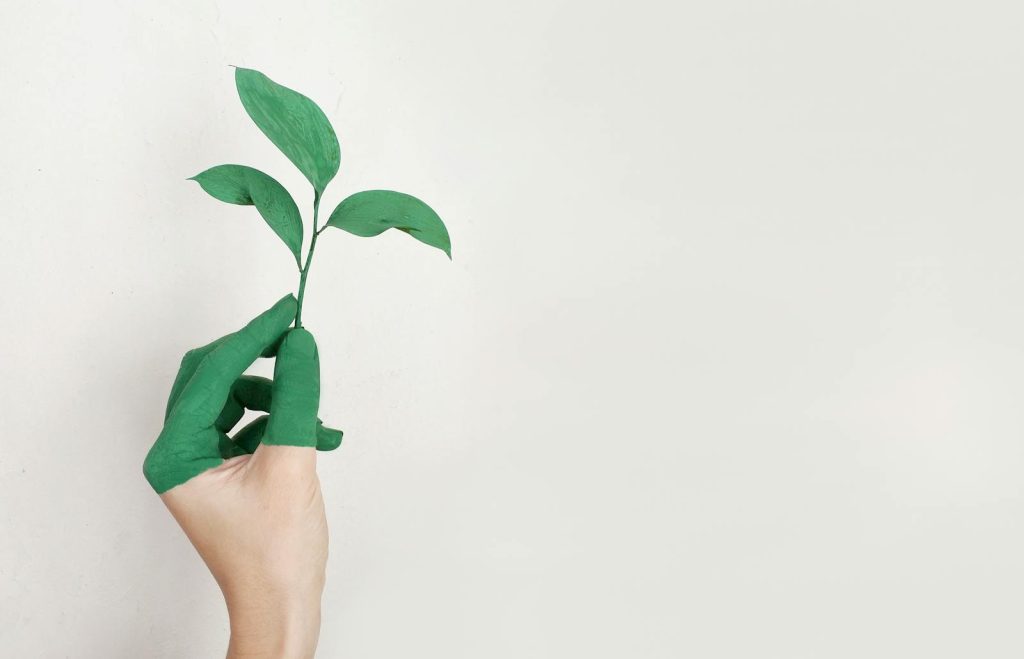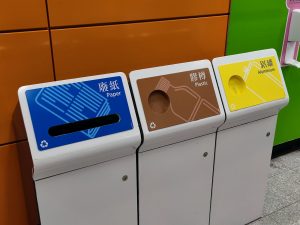
In our fast-paced world, the concept of minimalism has gained traction not just as a design aesthetic, but as a lifestyle choice that can significantly impact our environment. By embracing minimalist recycling practices, we can create greener homes and contribute to a more sustainable planet. This comprehensive guide will walk you through practical tips and innovative strategies to streamline your recycling efforts while living a more intentional, eco-friendly life.
Table of contents
- 1. Declutter Your Life, Declutter the Planet
- 2. Setting Up Your Minimalist Recycling Station
- 3. Know Your Local Recycling Rules
- 4. Upcycling: The Minimalist’s Secret Weapon
- 5. Zero-Waste Shopping: A Minimalist Approach
- 6. Minimalist Recycling in the Kitchen
- 7. Digital Decluttering: The Forgotten Side of Recycling
- 8. The Art of Saying No: Preventing Waste Before It Starts
- 9. Minimalist Cleaning with Eco-Friendly Products
- 10. Teaching Kids Minimalist Recycling Habits
- 11. Beyond the Basics: Advanced Minimalist Recycling Tips
- 12. Measuring Your Impact: Tracking Your Minimalist Recycling Journey
- Questions and Answers
- Related Resources:
1. Declutter Your Life, Declutter the Planet
The journey to minimalist recycling begins with a fundamental shift in our relationship with stuff. By decluttering our lives, we inherently reduce our environmental impact.
1.1 The connection between minimalism and eco-friendly living
Minimalism isn’t just about having a tidy space; it’s about intentional living. When we consciously choose to own less, we naturally consume less, which in turn generates less waste. This ripple effect extends far beyond our homes, influencing global production and consumption patterns.
As environmental psychologist Dr. Susan Clayton notes:
“The act of decluttering often leads to a heightened awareness of our consumption habits. This awareness is the first step towards more sustainable choices.”
1.2 How less stuff leads to less waste
When we embrace minimalism, we become more selective about what we bring into our homes. This selectivity naturally leads to less waste:
- Fewer impulse purchases mean fewer items that end up unused or discarded
- Quality over quantity mindset results in longer-lasting products
- Reduced packaging waste from fewer overall purchases
- More space and time to focus on proper recycling and waste management
2. Setting Up Your Minimalist Recycling Station
Creating an efficient recycling system is crucial for maintaining a minimalist, eco-friendly home.
2.1 Essential bins for a bare-bones recycling system
Start with the basics:
- Paper and cardboard
- Plastics
- Glass
- Metal
- Compost (if available in your area)
Pro tip: Look for stackable or nesting bins to maximize vertical space.
2.2 Space-saving hacks for small homes
- Use multi-compartment bins to separate recyclables in tight spaces
- Hang mesh bags for collecting lightweight recyclables
- Repurpose old furniture (like a dresser) into a recycling station
- Utilize under-sink or cabinet door storage for bins

3. Know Your Local Recycling Rules
Understanding and following local recycling guidelines is crucial for effective waste management.
3.1 Common recyclables and how to prep them
- Paper: Remove staples, plastic windows from envelopes
- Plastics: Rinse containers, remove lids
- Glass: Rinse bottles and jars, separate by color if required
- Metal: Rinse cans, remove labels if possible
3.2 Avoiding contamination: The minimalist’s guide
- Keep a cheat sheet near your recycling station
- When in doubt, throw it out (or check with local authorities)
- Avoid “wishcycling” – putting items in recycling hoping they’ll be recyclable
Environmental scientist Dr. Emily Johnson emphasizes:
“Contamination in recycling streams can render entire batches unrecyclable. It’s better to be cautious and educate yourself about local guidelines than to inadvertently sabotage recycling efforts.”
4. Upcycling: The Minimalist’s Secret Weapon
Upcycling breathes new life into old items, reducing waste and fostering creativity.
4.1 Creative ways to repurpose instead of recycle
- Transform glass jars into storage containers or candle holders
- Use old t-shirts as cleaning rags
- Repurpose wooden pallets into furniture or garden planters
- Turn wine corks into a bulletin board
4.2 Minimalist DIY projects from recyclable materials
- Create a minimalist wall organizer from cardboard tubes
- Fashion a sleek desk organizer from tin cans
- Craft a modern plant stand from PVC pipes

5. Zero-Waste Shopping: A Minimalist Approach
Adopting zero-waste shopping habits is a cornerstone of minimalist recycling.
5.1 Streamlining your grocery routine
- Plan meals to reduce food waste
- Shop with a list to avoid impulse purchases
- Buy in bulk to reduce packaging waste
- Choose products with minimal or recyclable packaging
5.2 Essential reusables for waste-free shopping
- Cloth produce bags
- Reusable shopping bags
- Glass jars or containers for bulk items
- Stainless steel or glass water bottle
Zero-waste advocate Lauren Singer suggests:
“Start small. Replace one disposable item at a time with a reusable alternative. Over time, these small changes add up to a significant reduction in waste.”
6. Minimalist Recycling in the Kitchen
The kitchen is often the heart of waste generation in a home. Here’s how to minimize its impact.
6.1 Cutting down on food packaging
- Buy fresh produce without packaging when possible
- Use reusable produce bags for loose items
- Opt for products in recyclable packaging (glass, metal) over plastic
- Make staples from scratch (bread, yogurt, sauces) to reduce packaging waste
6.2 Composting basics for apartment dwellers
- Use a countertop compost bin with a charcoal filter to control odors
- Try vermicomposting (worm composting) for small spaces
- Look for community composting programs or drop-off locations
- Consider electric composters for odor-free, rapid composting
7. Digital Decluttering: The Forgotten Side of Recycling
In our digital age, electronic waste and digital clutter contribute significantly to our environmental footprint.
7.1 Responsibly disposing of e-waste
- Research local e-waste recycling facilities
- Participate in manufacturer take-back programs
- Consider donating functional but outdated devices
- Securely wipe data before recycling or donating
7.2 Minimizing your digital carbon footprint
- Unsubscribe from unnecessary emails
- Use cloud storage judiciously
- Optimize energy settings on devices
- Consider the environmental impact of streaming services
Tech sustainability expert Sarah Green advises:
“Our digital lives have a very real impact on the environment. By being mindful of our online habits and responsibly managing our electronic devices, we can significantly reduce our digital carbon footprint.”
8. The Art of Saying No: Preventing Waste Before It Starts
One of the most powerful tools in a minimalist’s arsenal is the ability to say no to unnecessary consumption.
8.1 Politely declining freebies and junk mail
- Opt out of junk mail lists
- Decline free samples and promotional items
- Use digital tickets and receipts when possible
- Bring your own toiletries to hotels
8.2 Gifting experiences over objects
- Give concert tickets, classes, or workshops as gifts
- Create homemade gift certificates for services (babysitting, cooking)
- Plan shared experiences like hikes or picnics
- Contribute to a loved one’s savings or investment account

9. Minimalist Cleaning with Eco-Friendly Products
Simplify your cleaning routine while reducing your environmental impact.
9.1 DIY cleaning solutions using household items
- All-purpose cleaner: vinegar, water, and essential oils
- Glass cleaner: water and rubbing alcohol
- Drain cleaner: baking soda and vinegar
- Furniture polish: olive oil and lemon juice
9.2 Choosing multi-purpose products for less waste
- Castile soap for body, hair, and general cleaning
- Baking soda for cleaning and deodorizing
- Microfiber cloths for dusting and cleaning
- Reusable spray bottles for homemade solutions
Environmental chemist Dr. Lisa Chen recommends:
“Many commercial cleaning products contain harmful chemicals and come in single-use plastic containers. By switching to simple, multi-purpose ingredients, we can maintain a clean home while significantly reducing our environmental impact.”
10. Teaching Kids Minimalist Recycling Habits
Instilling eco-friendly habits in children is crucial for long-term environmental sustainability.
10.1 Fun recycling games for the whole family
- Recycling sorting relay races
- Upcycling craft challenges
- “Spot the recyclable” scavenger hunts
- Create a recycling-themed board game
10.2 Building a sustainable mindset from an early age
- Involve kids in meal planning and grocery shopping
- Encourage “one in, one out” rule for toys and clothes
- Teach the value of experiences over material possessions
- Lead by example in your own minimalist recycling practices
11. Beyond the Basics: Advanced Minimalist Recycling Tips
For those ready to take their minimalist recycling journey to the next level.
11.1 Hard-to-recycle items and what to do with them
- Batteries: Look for specialized recycling programs
- Light bulbs: Many hardware stores offer recycling services
- Textiles: Donate, repurpose, or find textile recycling programs
- Electronics: Use manufacturer take-back programs or e-waste recycling events
11.2 Community initiatives for collaborative recycling
- Start a neighborhood swap meet for unwanted items
- Organize community clean-up and recycling drives
- Initiate a tool-sharing program to reduce individual consumption
- Advocate for improved recycling facilities in your area
12. Measuring Your Impact: Tracking Your Minimalist Recycling Journey
Monitoring your progress can provide motivation and insights for further improvement.
12.1 Simple ways to monitor your waste reduction
- Conduct a waste audit: Track your trash and recycling output for a week
- Use a digital app to log your recycling habits
- Compare utility bills to see reductions in water and energy use
- Measure the empty space in your home as you declutter
12.2 Celebrating small wins and staying motivated
- Set achievable goals and reward yourself when you meet them
- Share your journey on social media to inspire others
- Join online communities focused on minimalism and recycling
- Regularly reassess and adjust your habits for continuous improvement
Environmental psychologist Dr. James Moore notes:
“Tracking our progress in waste reduction not only provides tangible evidence of our impact but also reinforces positive behaviors. Celebrating these small wins is crucial for long-term motivation and sustained change.”
Questions and Answers
Q: How can I start my minimalist recycling journey if I live in a small apartment?
A: Begin by decluttering and setting up a compact recycling station. Use vertical space with stackable bins or hang mesh bags for recyclables. Focus on reducing waste through mindful purchasing and opting for reusable items.
Q: What are some common mistakes people make when recycling?
A: Common mistakes include not cleaning containers properly, mixing non-recyclable items with recyclables, and “wishcycling” – putting items in recycling hoping they’re recyclable when they’re not. Always check local guidelines and when in doubt, throw it out.
Q: How can I motivate my family to adopt minimalist recycling habits?
A: Make it fun and engaging. Introduce recycling games, set family challenges, and lead by example. Educate them about the impact of their choices and celebrate small wins together.
Q: Are there any digital tools that can help with minimalist recycling?
A: Yes, several apps can help you track your waste reduction, find local recycling facilities, and learn about proper recycling practices. Some popular options include iRecycle, RecycleNation, and Litterati.
By embracing these minimalist recycling tips, you’re not just creating a greener home – you’re contributing to a more sustainable future. Remember, the journey to minimalism and eco-friendly living is a marathon, not a sprint. Start small, stay consistent, and watch as your efforts ripple out to create positive change in your community and beyond.






